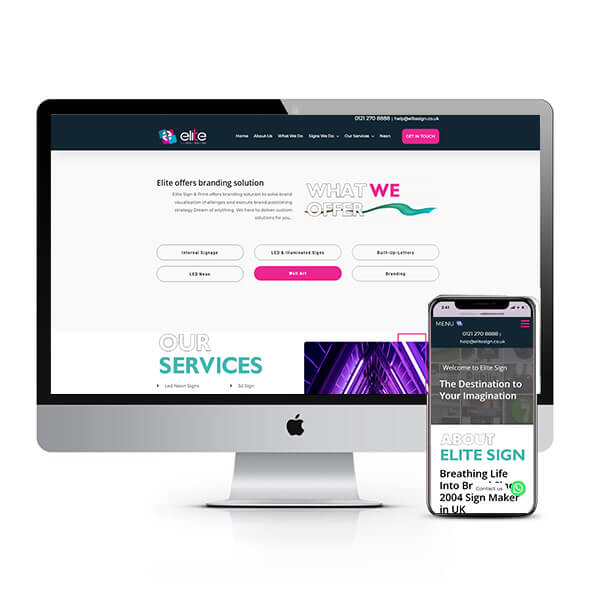Introduction
In an era marked by diverse devices and screen sizes, the concept of responsive web design has evolved from a trend to a necessity. This article delves into the criticality of responsive design, unveils the mechanics behind crafting responsive layouts, and offers practical tips for optimizing websites across various devices.
Understanding the Essence: Responsive Web Design

Embracing the Importance of Responsive Design
In today’s digital ecosystem, users access websites on an array of devices – smartphones, tablets, laptops, and desktops. Responsive design ensures that a website dynamically adjusts its layout and elements to provide an optimal viewing experience, irrespective of the device used.
Enhancing User Experience
Responsive web design is an embodiment of user-centricity. By offering consistent and comfortable browsing experiences across devices, users are less likely to encounter frustrating tasks like zooming in and out or horizontal scrolling.
SEO Benefits
Search engines place responsive websites in high regard. With a single URL for all devices, responsive design simplifies indexing and enhances a website’s search engine rankings, ultimately increasing its visibility and organic traffic.
Must read this article A Beginner’s Guide to Website Development: Building Your First Website from Scratch
Crafting Responsive Layouts: The Mechanics
Designing for Adaptability
Creating responsive layouts involves a combination of design principles and technical implementation. Let’s explore the core components contributing to a flexible and adaptable design.
Fluid Grids
At the heart of the responsive design lies the fluid grid system. Instead of using fixed units like pixels, designers employ relative units like percentages to ensure that layout elements adjust harmoniously to screen dimensions.
Flexible Images
Images play a pivotal role in web design, and their adaptability is paramount. CSS properties like max-width: 100% prevent images from stretching beyond their container, maintaining visual integrity
Media Queries
Media queries are CSS techniques that enable designers to apply specific styles based on a device’s attributes. By setting breakpoints at various screen widths, designers can tailor styles and layouts for optimal user experiences.
Mobile-First Approach
The mobile-first approach is a paradigm shift in design thinking. Designers start by creating a mobile layout, ensuring that essential content is prioritized. As the screen size increases, designers progressively enhance the design.
How to Grow Your Business with Shopify: Unveiling the Path to E-Commerce Success
Optimizing for Different Devices: Expert Tips

Navigational Simplicity
Navigation is the backbone of user experience. For mobile devices, implement a compact and user-friendly hamburger menu that saves screen space and promotes ease of use.
Touch-Friendly Elements
Mobile users interact with their fingers. Design buttons and links with adequate spacing and sizing to prevent accidental clicks and ensure precise tapping.
Performance Optimization
Page speed is paramount. Minimize image sizes, leverage browser caching, and reduce the number of HTTP requests to enhance loading times and user engagement.
Typography and Readability for Responsive Design
Textual content should remain legible across devices. Employ relative font sizes, maintain appropriate line spacing, and select fonts that ensure optimal readability on different screens.
Breakpoint Testing
On smaller screens, prioritize content that delivers maximum value to users. Effective content hierarchy ensures that users find relevant information promptly.
Content Prioritization
On smaller screens, prioritize content that delivers the most value. This ensures that users quickly find relevant information.
Common WordPress Errors & How to Fix Them
Conclusion: A Seamless Cross-Device Experience
Responsive web design is the cornerstone of user satisfaction in today’s multi-device landscape. By acknowledging the significance of responsiveness, mastering the intricacies of crafting adaptable layouts, and employing optimization strategies, you are poised to offer a superior user experience regardless of the device in use. In your journey towards responsive design excellence, remember that adaptability, user-centered design, and continuous learning are your allies in creating websites that truly resonate with your audience.
Need any help please contact this developer Browser Bees

